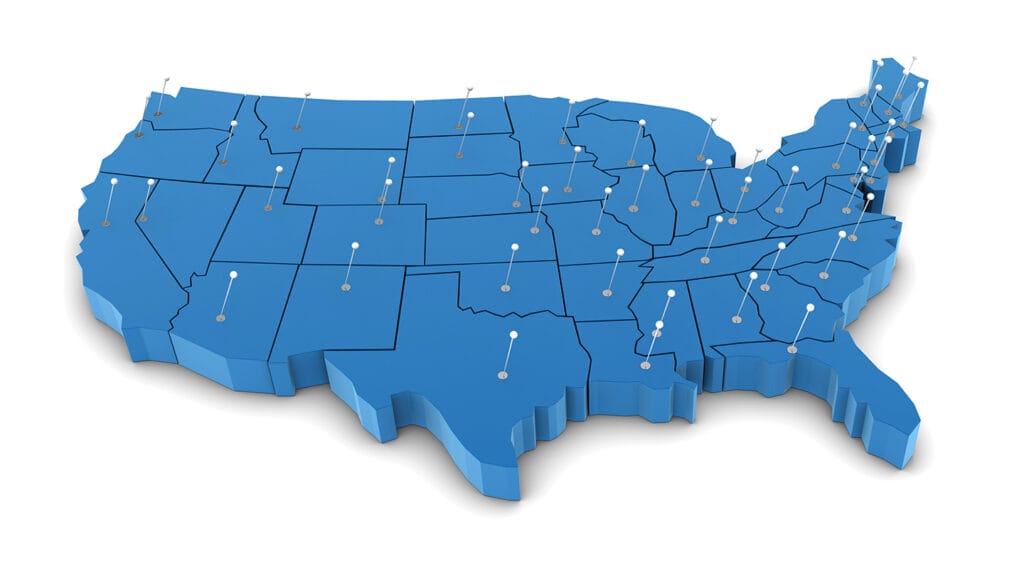
The Wound Company, a new 25-employee company that serves patients at home, has a target market: the millions of people who need wound care in the United States.
“We believe that the wound care industry is broken in that there are 13.5 million people who suffer from wounds annually by the most conservative estimates, and we’re spending about $45 billion on this problem but outcomes are getting worse,” co-founder and CEO Nima Ahmadi recently told McKnight’s Home Care Daily Pulse. “Last year we amputated 158,000 limbs just because of one kind of wound, which is the diabetic foot ulcer.”
Capital infusion
Ahmadi, an entrepreneur and bioengineer by training, and his co-founder and Chief Medical Officer Sanford Roberts, MD, are hoping to take a bigger crack at this market thanks to a recently disclosed $4.25 million cash infusion led by Susa Ventures and Sozo Ventures.
The company, which provides a combination of virtual and in-person visits, believes it can fill a niche in three problem areas. These are: the limited amount of wound care experts available, made worse by the staffing shortage; the lack of care coordination when a person leaves a wound care center and goes home; and the fee-for-service incentive system, which prioritizes advanced treatments like hyperbaric oxygen and skin substitutes.
“What we’ve built as a company is a new age technology-enabled provider of virtual and selectively some in-person care, where we can basically take a full-court press, multichannel approach where one of our certified wound care experts is assigned to that patient,” Ahmadi said. “They’re certified in wound and ostomy care. They’re closely following these patients and helping make sure that they’re healing and that’s happening cost effectively.”
Leveraging resources
While the company serves people in facility settings, the home is a key setting for the company. Working with home care and hospice agencies, it creates personalized care plans, recommends supplies and is available virtual to work with the agency in performing wound care.
Ahmadi noted that the company can “leverage any caretakers,” even family caregivers, to help with wound care, such as dressing changes.
“So now with our model, there are patients in very rural areas, for example, who are getting a home care visit and we are not only now able to make sure it’s with the right supplies, the right plan of care, the right preventative strategies, but we’re helping a home care nurse actually increase their nursing acumen at the point of care and do more complex wound care than was possible before, especially in this environment where home cares are suffering from critical staffing shortages,” Ahmadi said.
Besides working directly with home care companies that receive Medicare funding, the company partners with Medicare Advantage and Medicaid. The company sees its role as complementing, versus replacing, home care firms.
“To help improve wound care and elevate the clinical acumen of the home care providers, we think about working in collaboration with these providers rather than trying to disintermediate primary care physicians’ role, home care’s role or hospice’s role with these patients,” Ahmadi said. “We need hospice care, we need home care … and we don’t want to disrupt that.”


